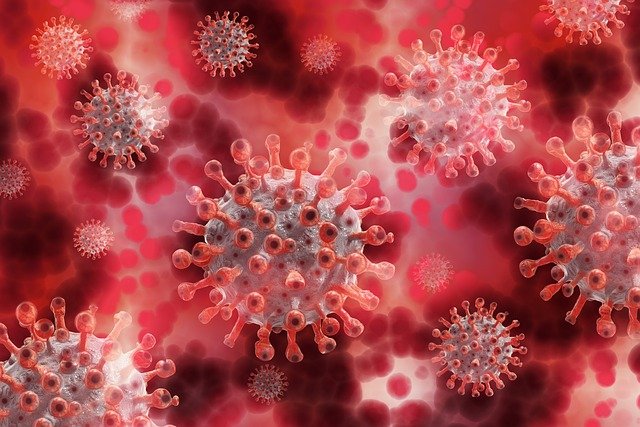Vaccine Development Drives Substantial Growth for Single-Use Bioreactor Consumables
Biomanufacturing is becoming increasingly influential as a method of production in many industries, from generating high-yield pharmaceutical precursors, to biofuel conversion from biomass, and even in food and beverage production. As bioprocessing, the mass production of desired biological products using living cells, continues to expand, the key concerns of efficiency and contamination risk have become increasingly important. These concerns have driven the rapid growth of single-use bioreactors, particularly within the pharmaceutical and biotechnology sector.
Normally, bioreactors and their accessories need to go through an autoclaving process both before and after fermentation to prevent contamination and allow for disposal of used products. This process is lengthy and consumes high volumes of water and harsh sanitizers. Single-use bioreactors are equipped with a sterile disposable bag, pouch or rigid plastic vessel in which cells are grown. This offers several advantages over conventional, reusable bioreactor systems in terms of reducing contamination risk, faster turnover between cell batches, fewer maintenance and cleaning requirements, and overall reduction of labor time.
However, single-use models have certain limitations compared to their conventional counterparts, such as difficulties in scale-up and scale-down, a significant drop in efficiency between upstream and downstream processes, compatibility issues with continuous processing, non-customizability, lower rates of oxygen transfer, challenges with efficient mixing and agitation, and disposal issues. While conventional bioreactors can be customized for volumes of 100,000 L or more, single-use bioreactors are generally only available in volumes up to 2,000 L. Despite these trade-offs, many bioprocess users are converting to single-use bioreactors.
Efforts to develop a vaccine against SARS-CoV-2 has been a driver of strong growth for some suppliers, even as other non-COVID R&D activities have been slow to recover.
In the backdrop of the COVID-19 pandemic, demand for bioprocessing and single-use consumables has accelerated among pharmaceutical and biotech and translational research end-users. Efforts to develop a vaccine against SARS-CoV-2 has been a driver of strong growth for some suppliers, even as other non-COVID R&D activities have been slow to recover. For instance, Cytiva and Pall, which are both Danaher companies that supply bioprocess products, have propelled overall growth for Danaher in the first nine months of 2020, even as other subsidiaries face market challenges.
Likewise, Sartorius reported that in the third quarter its bioprocess business had grown by 67% compared to the same period in 2019, and that close to half of that growth was linked to the pandemic. Similarly, Thermo Fisher Scientific has reported very strong growth in its bioprocess business, which Chairman, President and CEO Marc Casper characterized as “stronger than historically strong performance” during the company’s quarterly conference call.
The market for single-use bioreactor bags and vessels is examined in-depth in SDi’s recently released “Global Laboratory Consumables Market 2020” report, which found that the market for single-use bioreactor bags and vessels approached $400 million in 2019 and is projected to grow at a double-digit rate over the next five years. The report examines products ranging from benchtop-scale and pilot-scale, up to process-scale solutions to provide market size estimates and forecasts, segmented by product types, region, end user and application, along with information on market participants and vendor share. In addition to single-use bioreactor consumables, the report also covers a diverse range of other laboratory consumables, with chapters covering chromatography, cell culture and life sciences.





